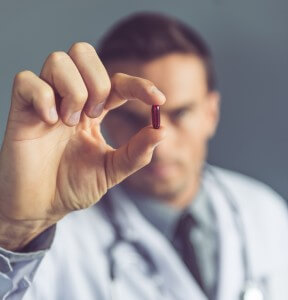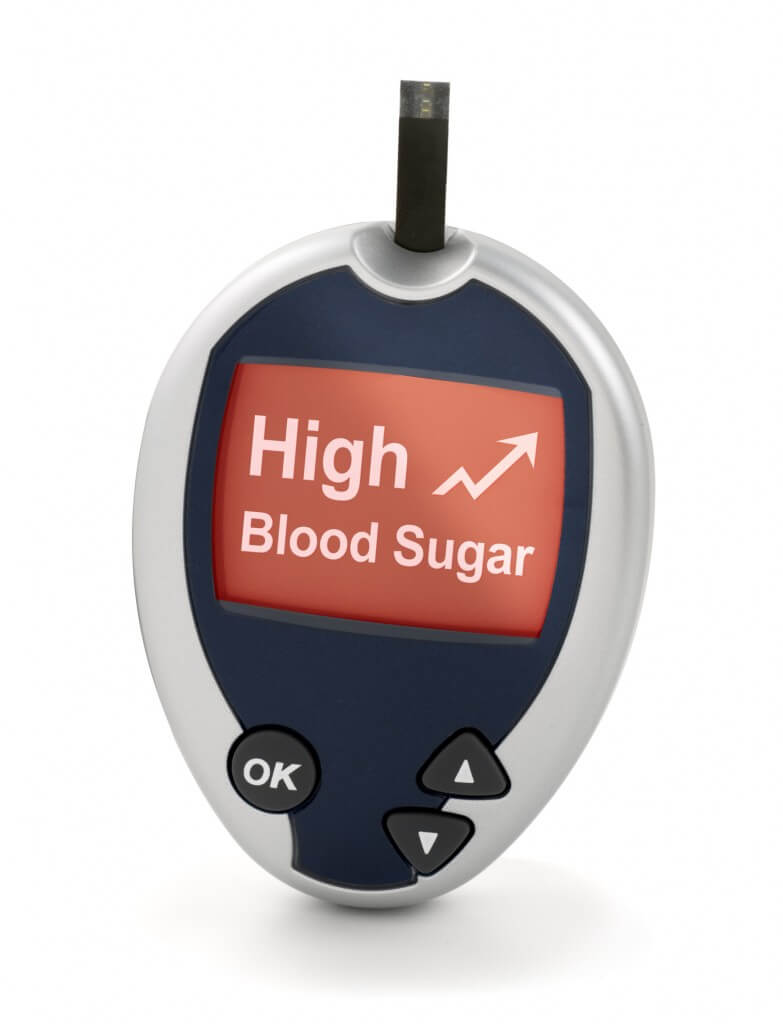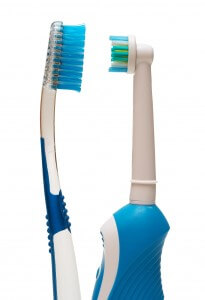
Despite the host of other damaging effects, evidence of smoking is usually most obvious on a person’s teeth. But what about “ Vaping ” — the recent trend of smokeless electronic devices? They deliver a vapor-based dose of nicotine, tobacco’s addictive stimulant, while eliminating the harmful and annoying by-products of smoke.
The Evils of Tobacco
And there are a lot of those. Tobacco smoke produces tar (burned plant residue) and hundreds of other harmful chemicals. Many of these cause cancer and other health issues for smokers and those around them. Public awareness of the dangers has cut the nationwide number of smokers by 20% in the past decade, and by nearly 70% since 1965.
Since vaping was introduced in the U.S. in 2005, it has steadily gained popularity. In fact, as early as 2014, it had surpassed of all other tobacco products (including conventional cigarettes!) in total number of current users. More disturbingly, its use among young people has increased exponentially, with the number of current users among high school students tripling in recent years, according to the Centers for Disease Control and Prevention.
Vaping Risks
While vaping won’t blacken your teeth like cigarette smoking, nicotine can negatively affect your oral health. The chemical itself is a vasoconstrictor, which limits blood flow to the topical areas of the mouth by causing the blood vessels to contract. This prolonged lack of blood supply can lead to receding gums. Nicotine has also been shown to contribute to dry mouth and cause an increase in bacteria, which can play a part in everything from tooth decay to periodontal disease.
If you are one of the millions of Americans using a vapor device to quit conventional smoking, CONGRATULATIONS! Be sure to talk to us at your next appointment about getting rid of those last remnants of tobacco stains from your teeth. We have a variety of whitening options for bringing your smile back to its natural, tobacco-free color.


